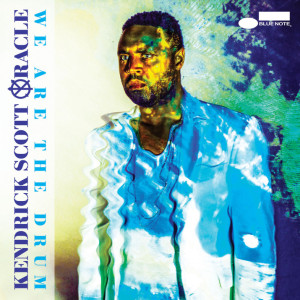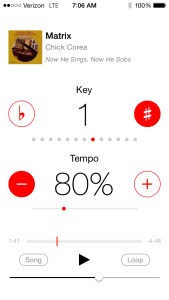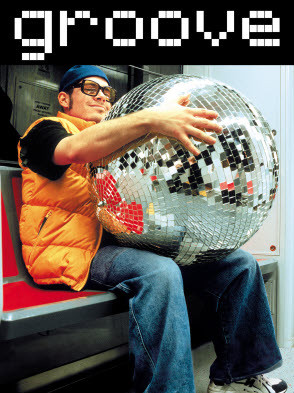Curiosity is a beautiful thing. The desire to learn is one of the most compelling desires of the human brain. One of my personal shortcomings is the ability to consistently follow through with a singular trajectory.
I love and want to explore so many lines of interest, but sometimes that leaves me aching to expand my shallow, wide purview across too many subjects. Right now, I’m focusing on data science and machine learning, Don Byas, javascript and animated front-end web development and Joe Lovano’s approach to phrasing.
My point: Focus on gaining a deep understanding of at least one thing. If you’re like me, you are naturally inquisitive. Funnel that curiosity into a single stream for an extended period of time. The level of learning you will achieve, and the amount of brain you will engage…it will stretch you.








